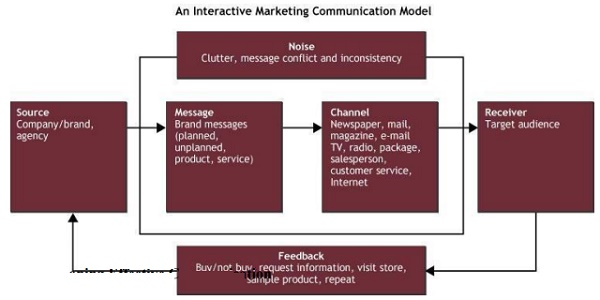Chapter: Business Science : Rural Marketing : Rural Consumer Behaviour In Marketing Research
Challenges in Rural Communication
RURAL CONSUMER BEHAVIOUR IN MARKETING
RESEARCH
Advertising goes hand
in hand with economic growth. With economic liberalization and increasing rural
prosperity, marketers are keen to inform villagers about the benefits of buying
and consuming their products and services. Prior to the introduction of
economic liberalization in 1990s, there was a little incentive for marketers to
advertise their products, and services, as rural markets were predominantly a
seller‘s market.
The influence of the
electronic media, in particular television, video and Hindi film industry, is
contributing to the growth of rural aspirations, which are being manifested in
rural India in the form of increasing consumerism.
Reaching out to rural
consumer‘sunderstanding presentsthedynamicsofthe as rural market in India.
Challenges in Rural Communication
There are many
challenges to communication in rural. Low literacy levels; poor media reach and
exposure and vast, heterogeneous and diversely spread rural audiences
characterized by variations in language, culture and lifestyle-all these
factors pose multiple challenges to marketers looking to take their messages to
the largely media-dark or media-grey areas, of rural markets.
Heterogeneity
and spread
The communication
pattern in any society is a part of its culture. No communication medium can
exist in a cultural vacuum. Communicating the message to the rural summers has
posed enormous challenges to the rural marketer, because of the large number of
consumers scattered across the country, the problem is further compounded by
the heterogeneous nature of consumers. There are 16 scheduled languages and 114
local vernaculars. For ex, the dialect used in the Vidharbha region is
different from that used in Marathwada, which in turn is different from the
dialect spoken in the Konkan region.
Some key characteristics of the heterogeneous rural
markets are:
Widespread geographical dispersion (6, 38,000
villages) many of them are still beyond the reach of conventional media.
Vast variations in levels of literacy Literacy
(Kerala 90, Bihar 44%)
Variations in reach of electronic media (Kerala63%,
Bihar 17%) and print media (Kerala 65%, Bihar 9%)
The limited reach of the mass media imposes
limitations on universal communication to rural consumers.Therefore the
requirement is threefold:
To identify the most suitable medium to ensure
maximum spatial reach.
To develop region-specific consumer profiles to
understand the characteristics of the target market and
To design the most effective and persuasive
communication and promotional strategies to induce the target audience to buy
the product.
Understanding the Rural Audience
It is not sufficient to
understand rural communication challenges as stated; rather, what is equally
crucial is the need to understand the behavioural and psychographic
characteristics of the rural audience, in order to develop an effective rural
communication strategy.
There are two distinct sets of audiences in rural
India:
A growing number of educated, upwardly mobile,
middle class people with aspirations and high exposure to mass media and with
considerable purchasing power, in many ways similar to their urban
counterparts.
The illiterate masses, who are poor and who cannot
be easily reached through the mass media.
Interpersonal communication accounts for over eighty
percent of the rural communication process. Any communication package aimed at
rural audiences should generate a lot of ‗word of mouth‘ publicity, so that the
brand remains on ‗top of the mind‘, when the rural customer is finally ready to
make a purchase.
In terms of economic progress, rural India is
divided into:
Developed states (Punjab, Hariyana, Kerala, Tamil
Nadu, Andhra Pradesh, Karnataka, and Maharashtra)
Underdeveloped or developing states (all other
states)
A view of communication process
Basic communication
model

Related Topics